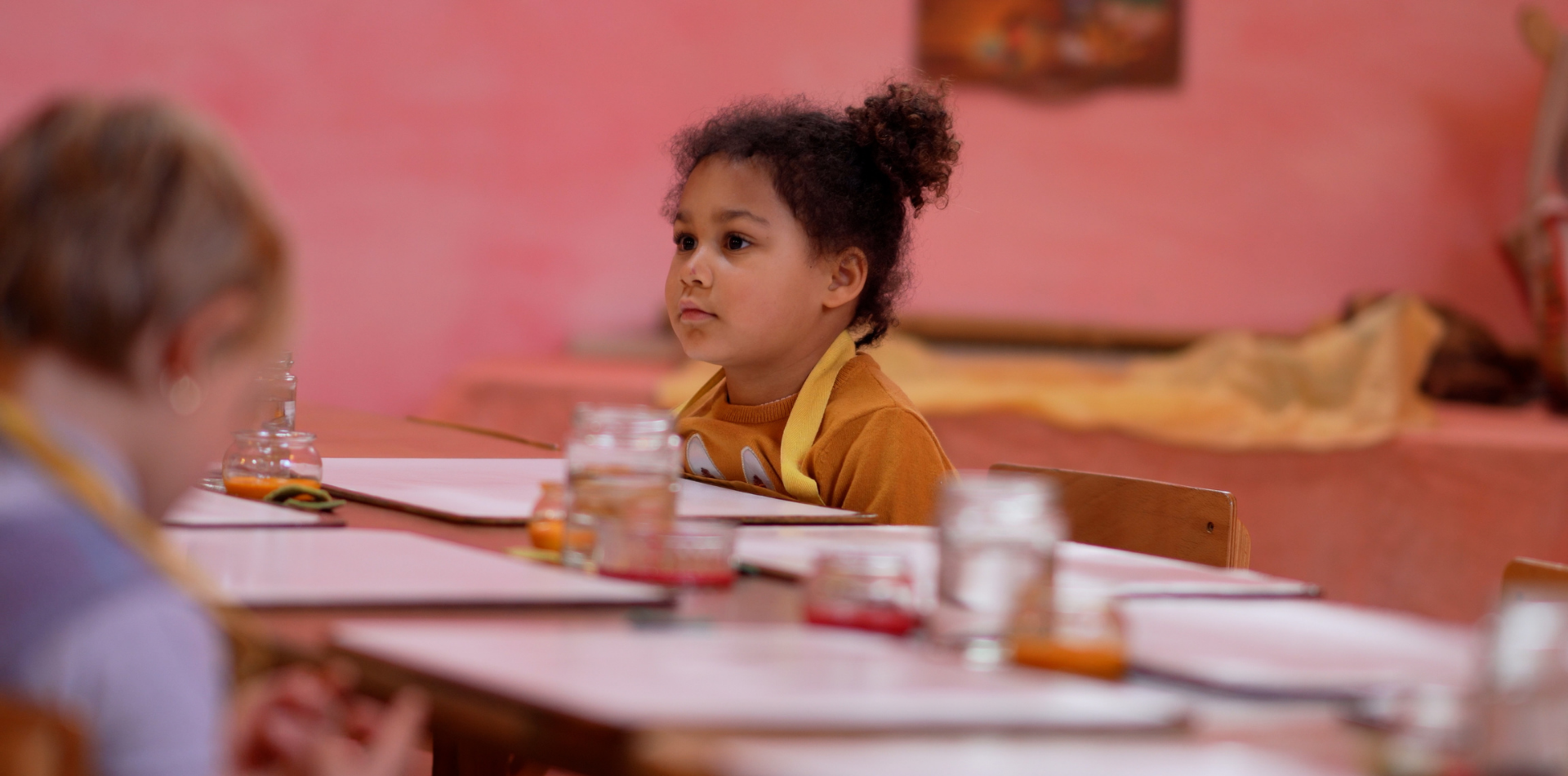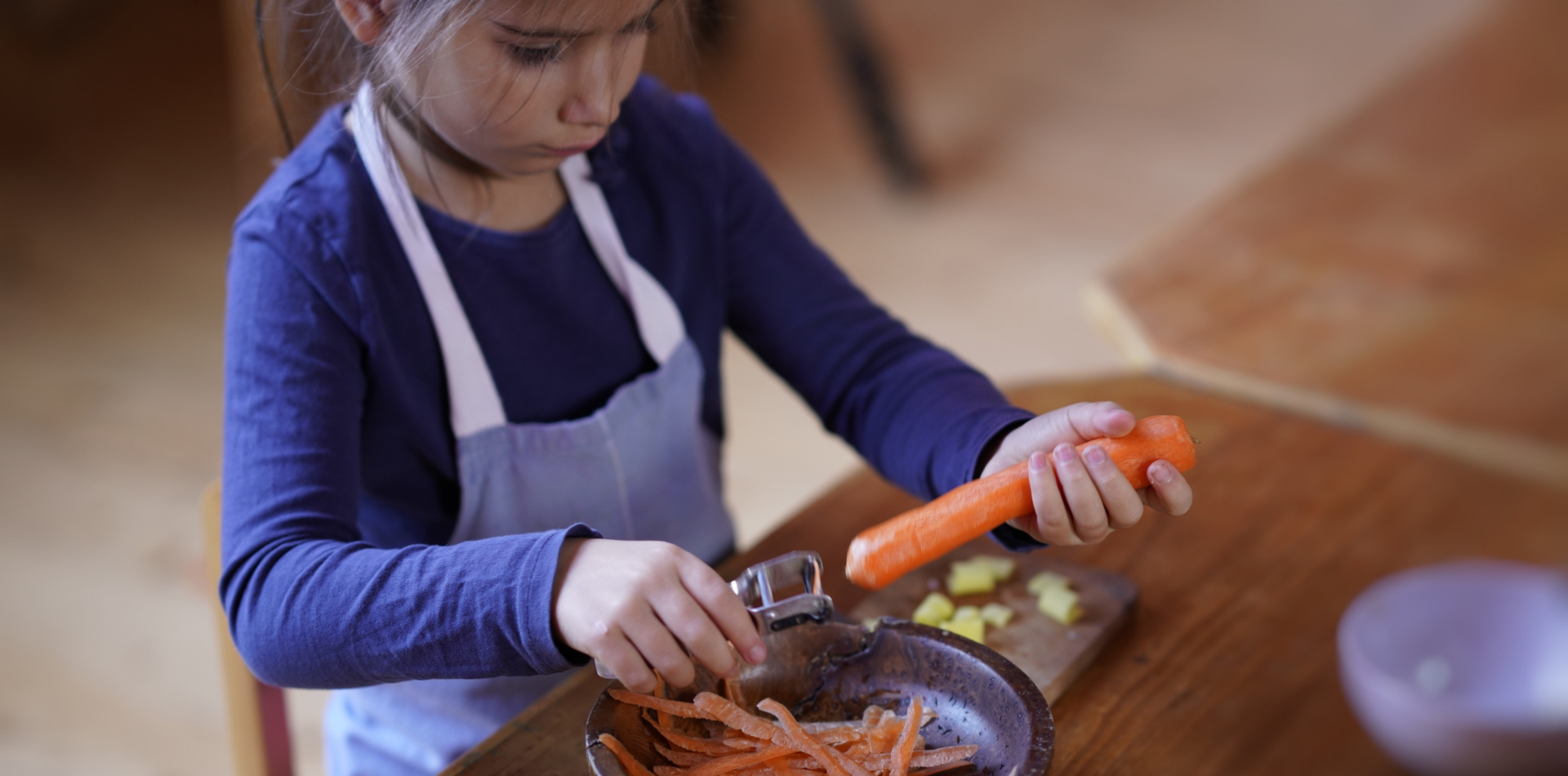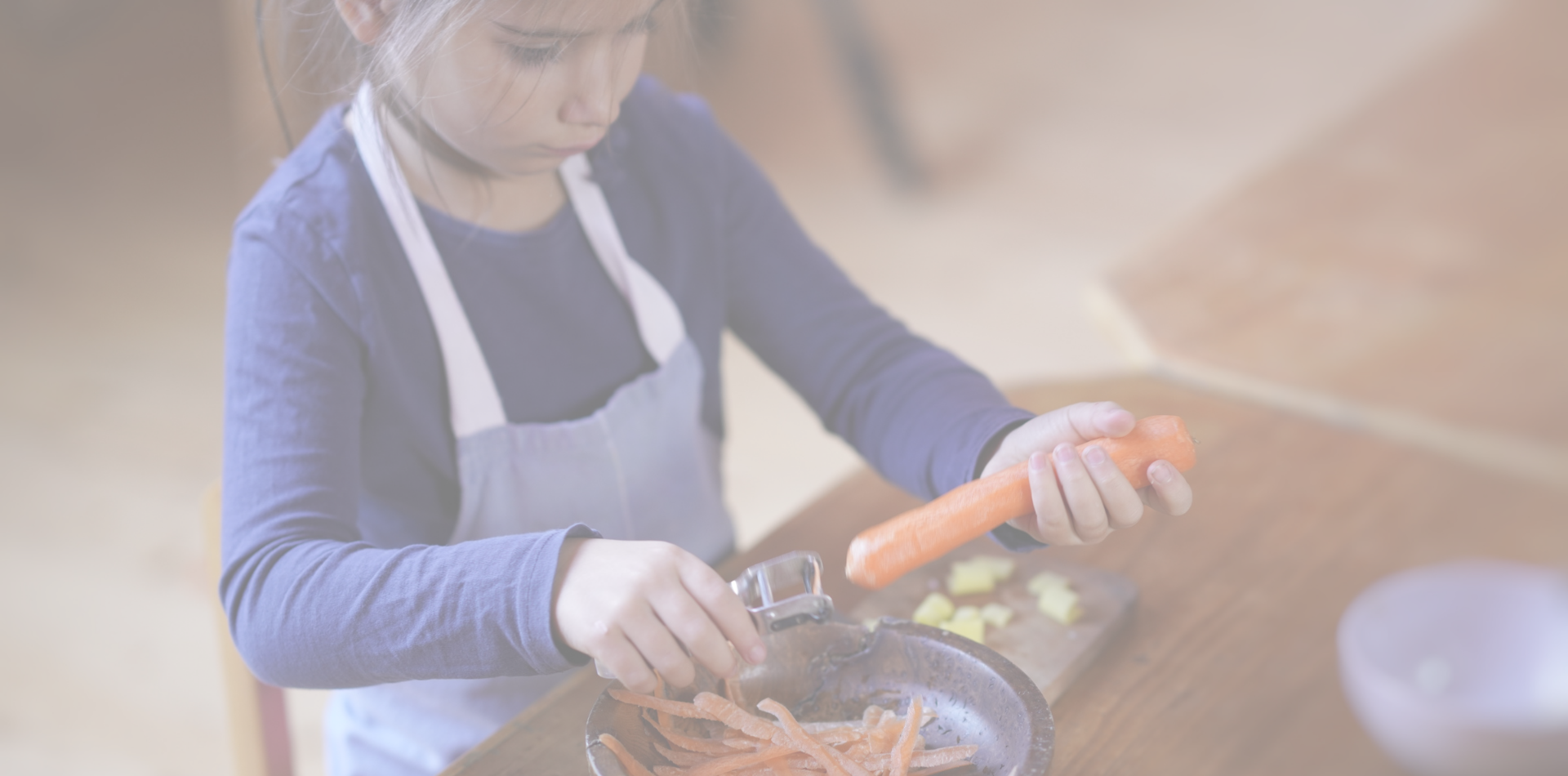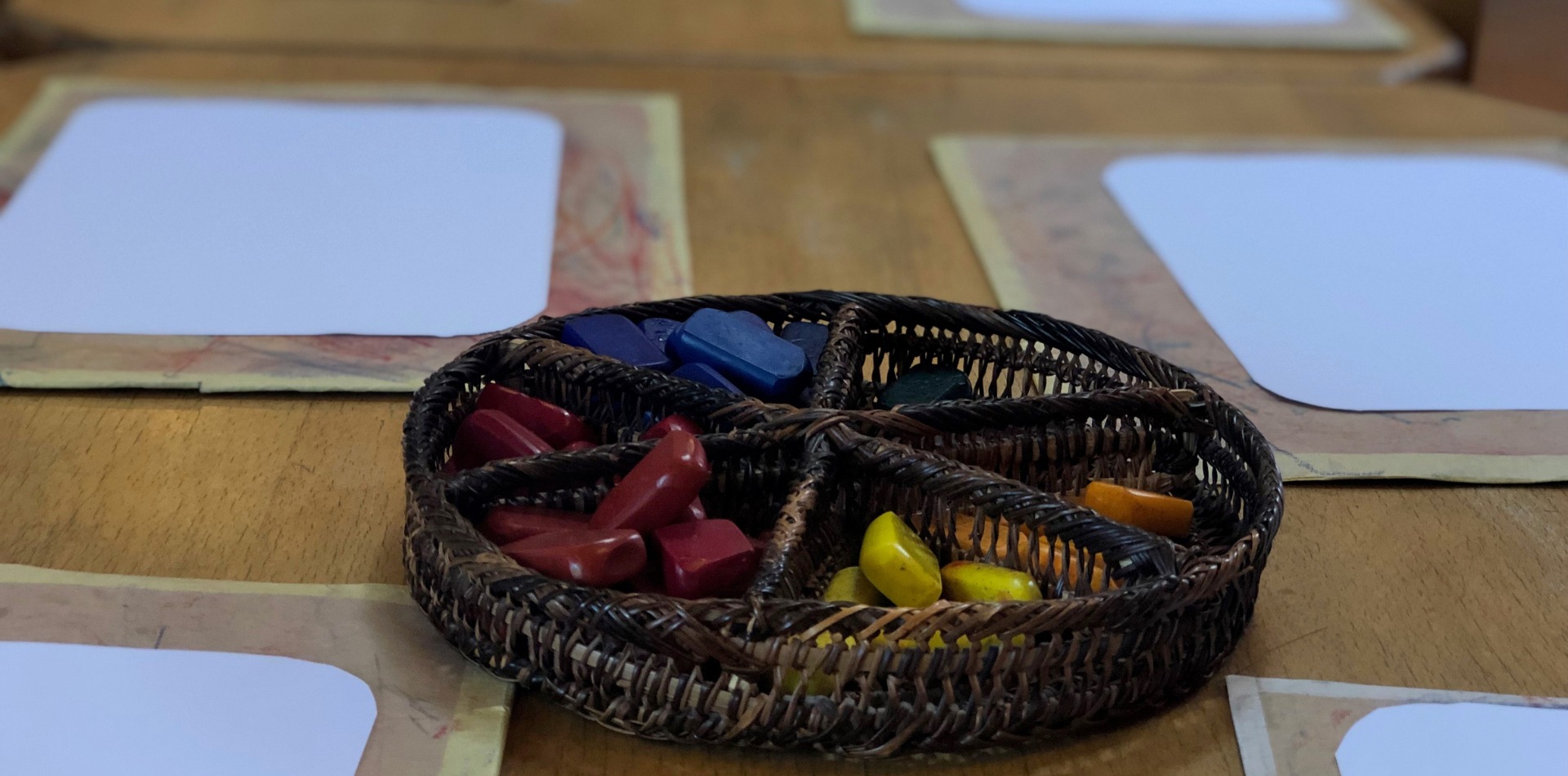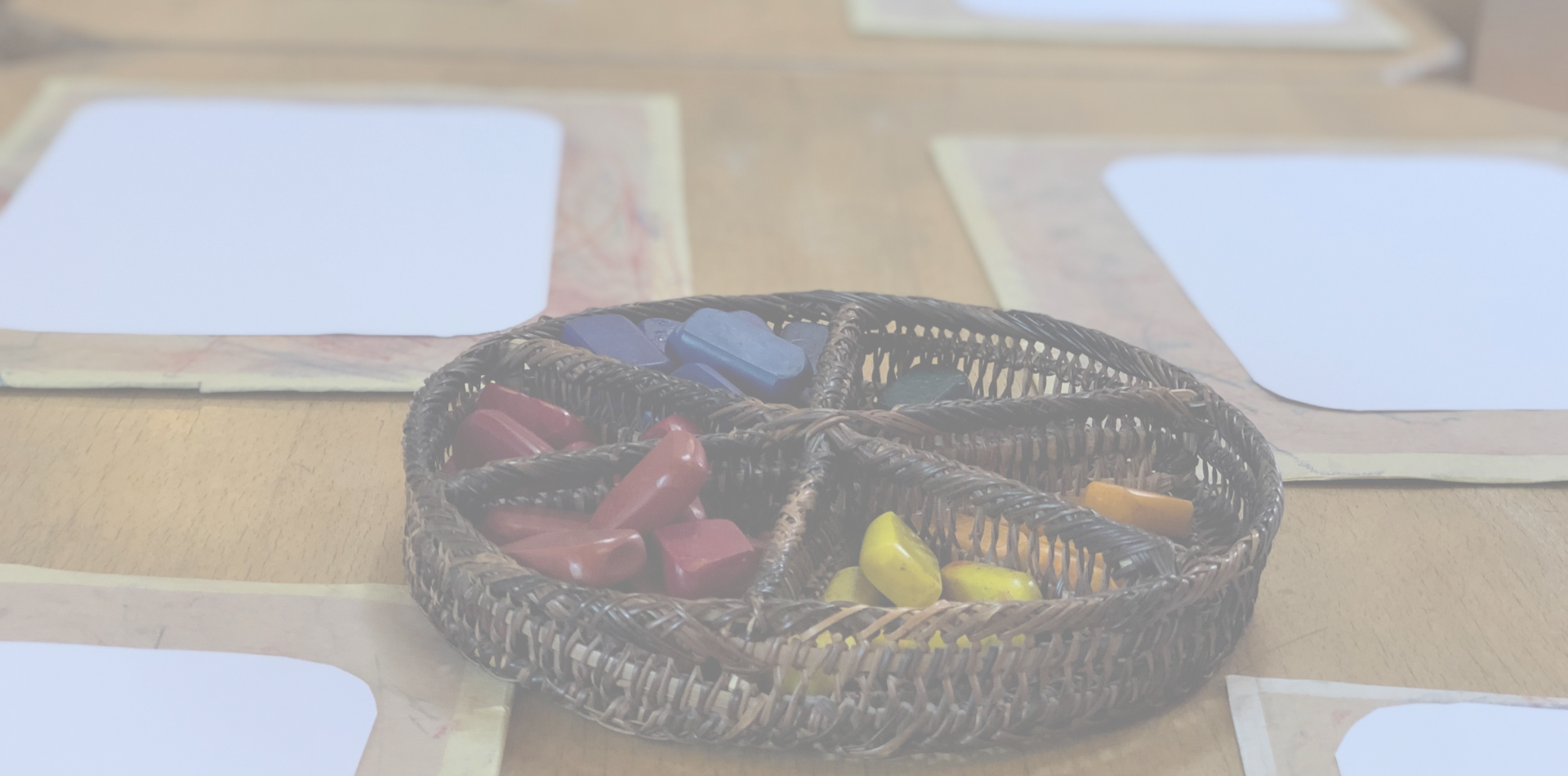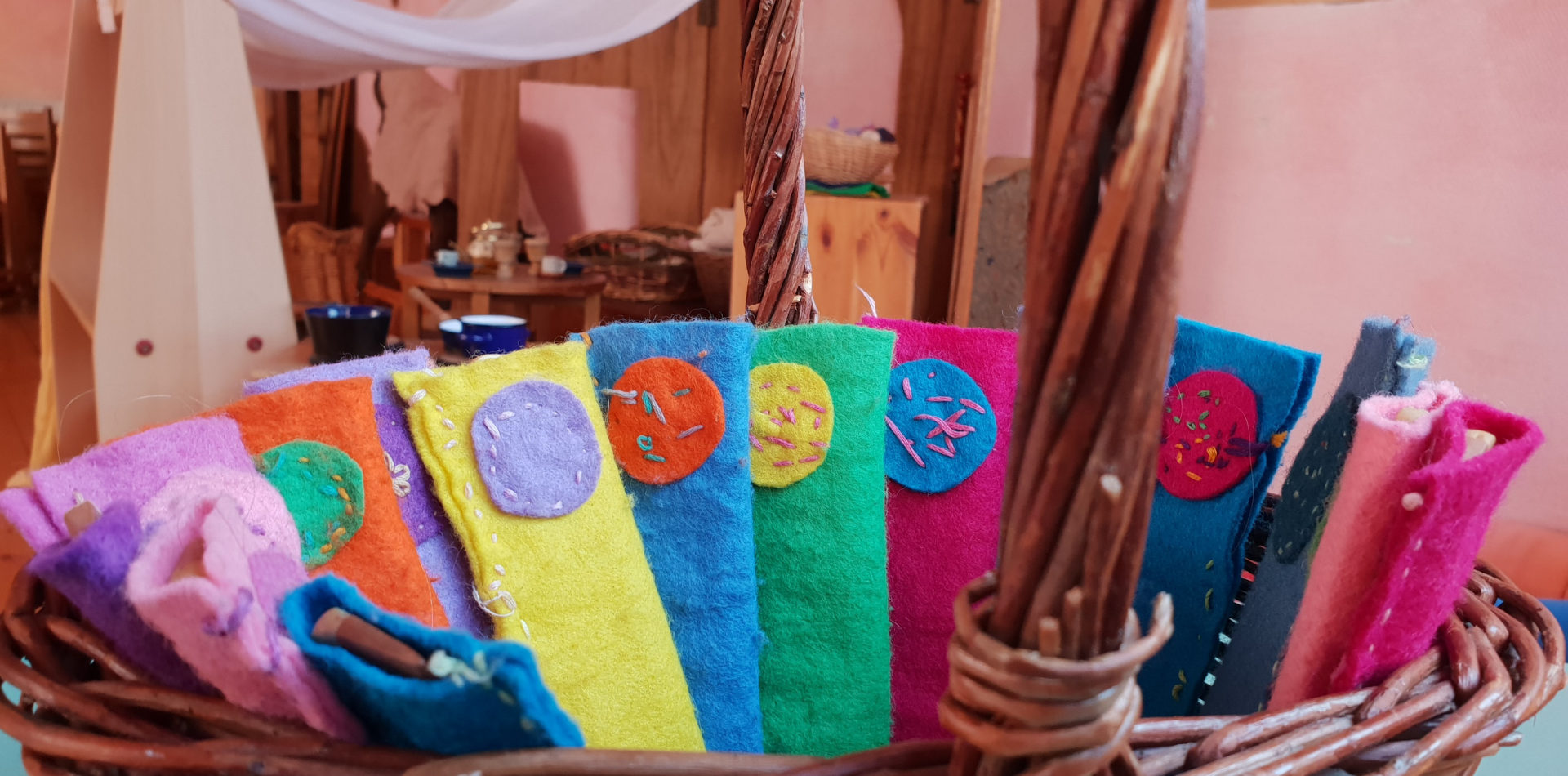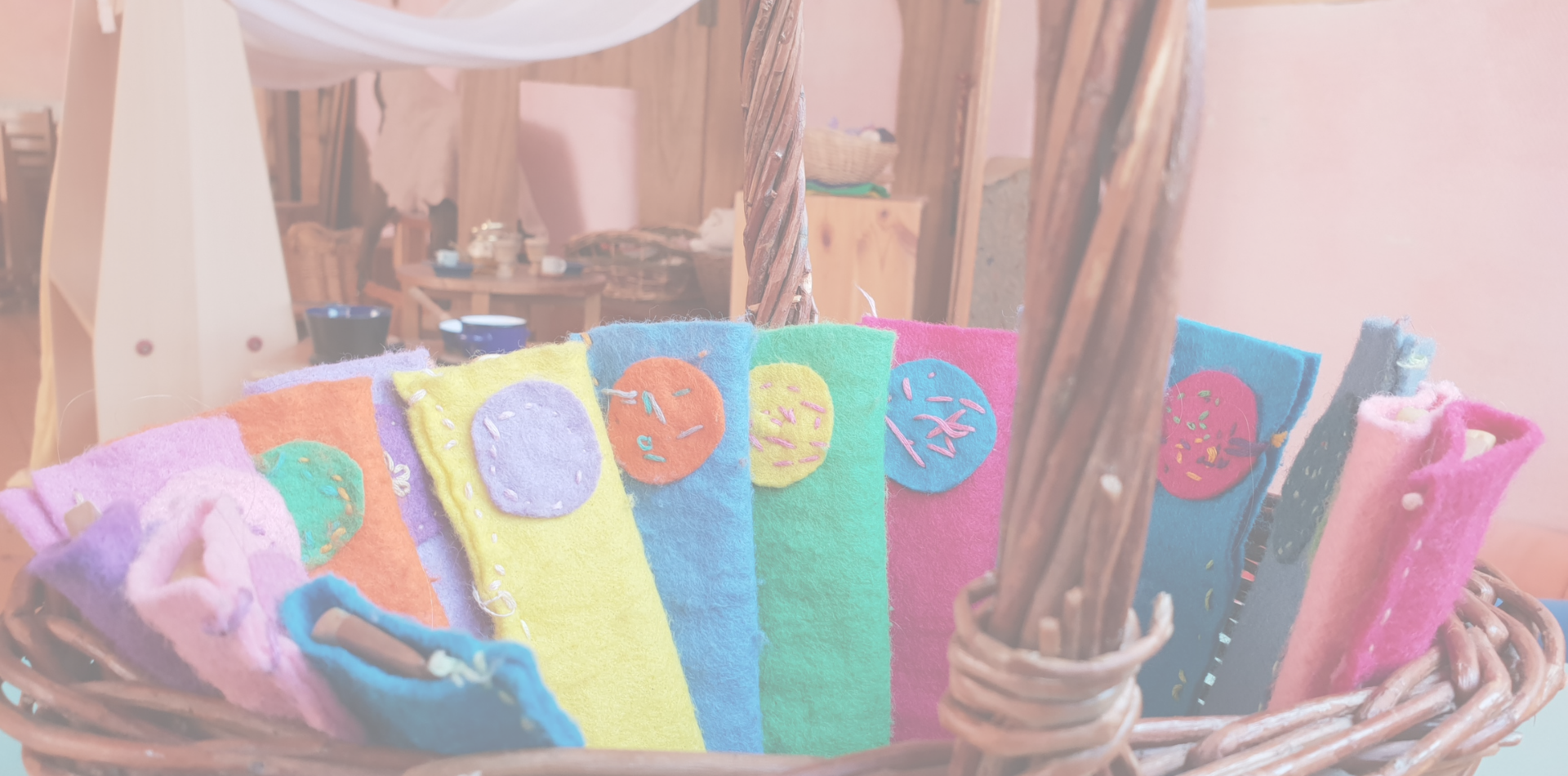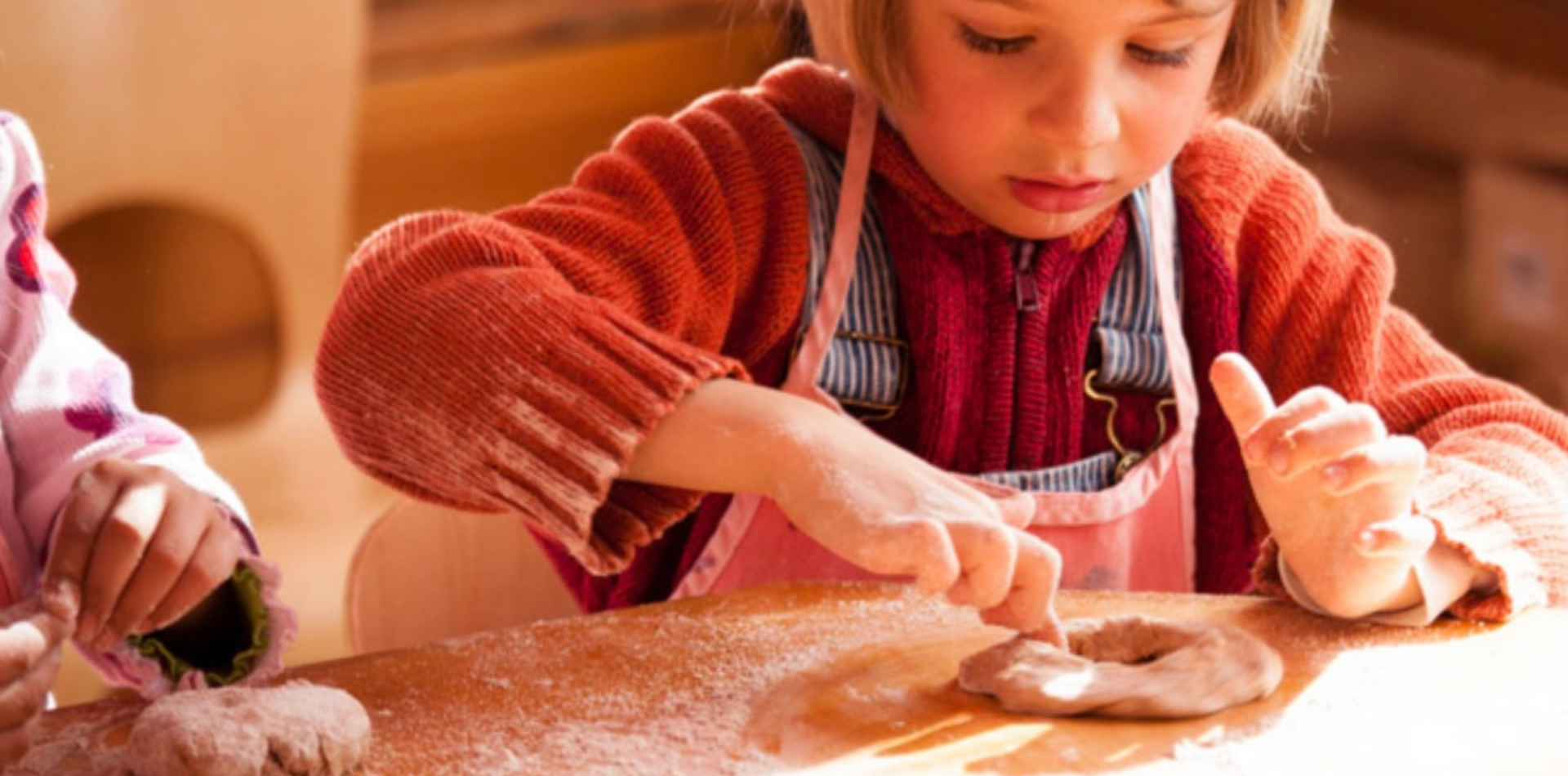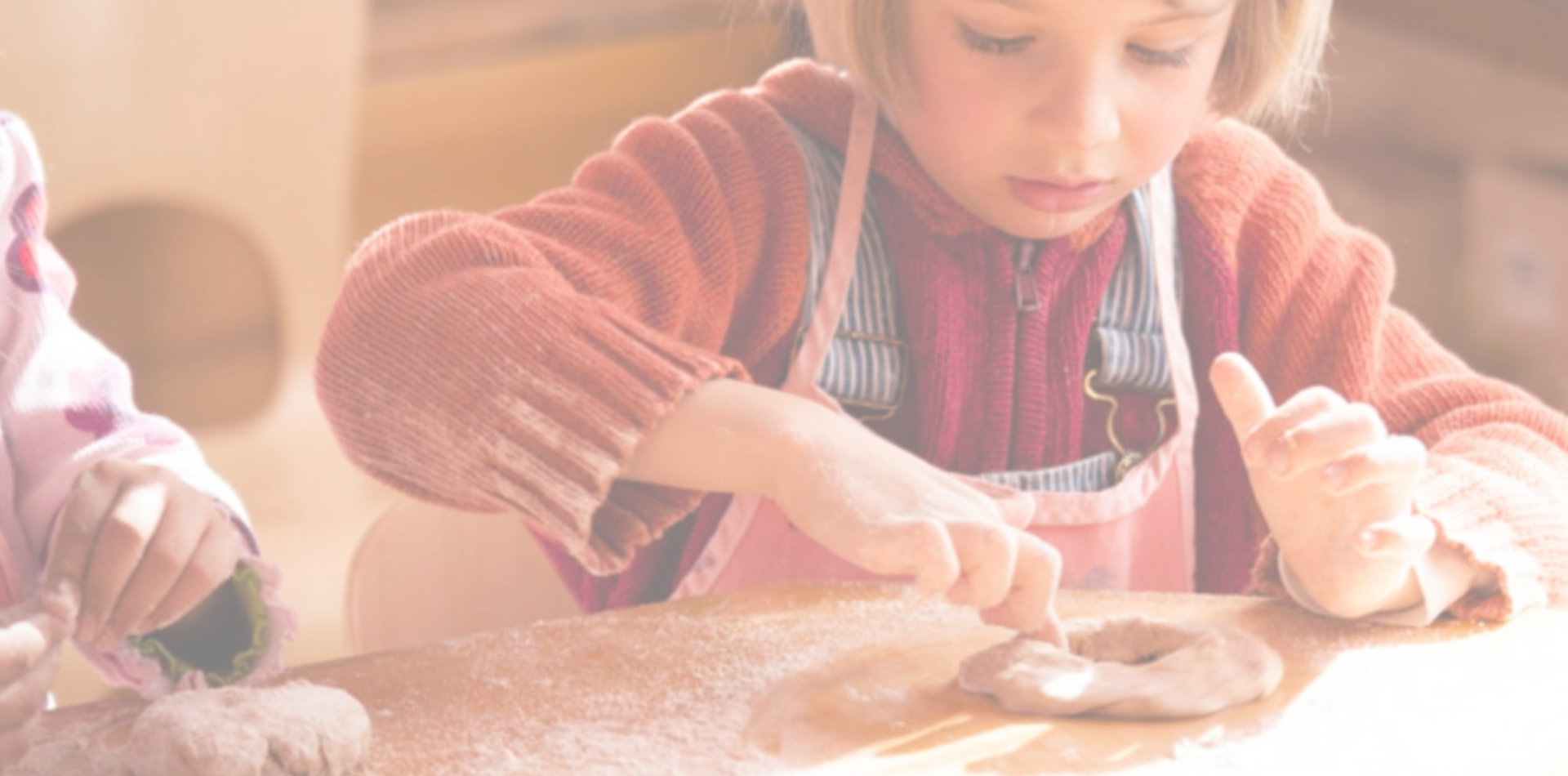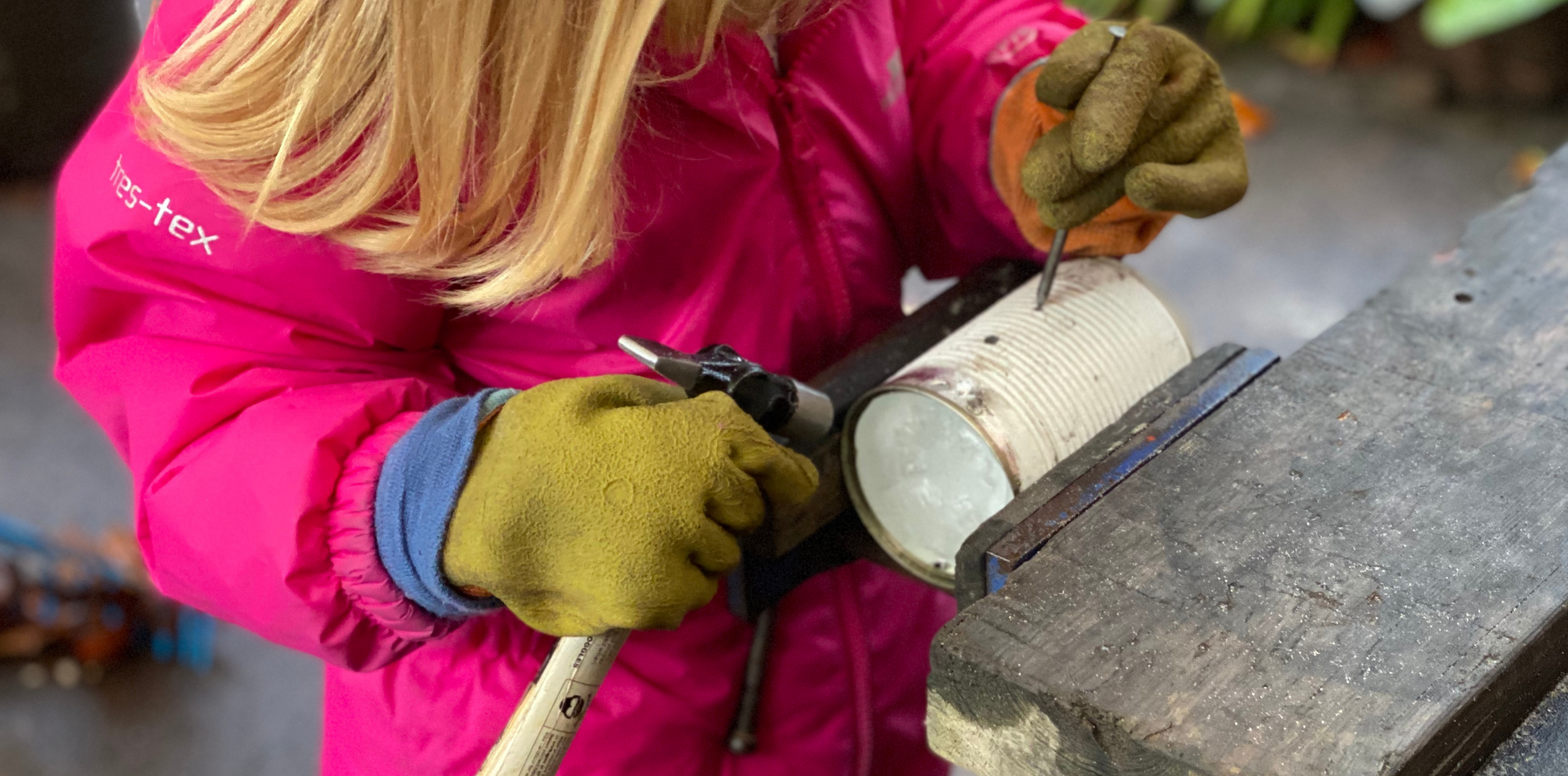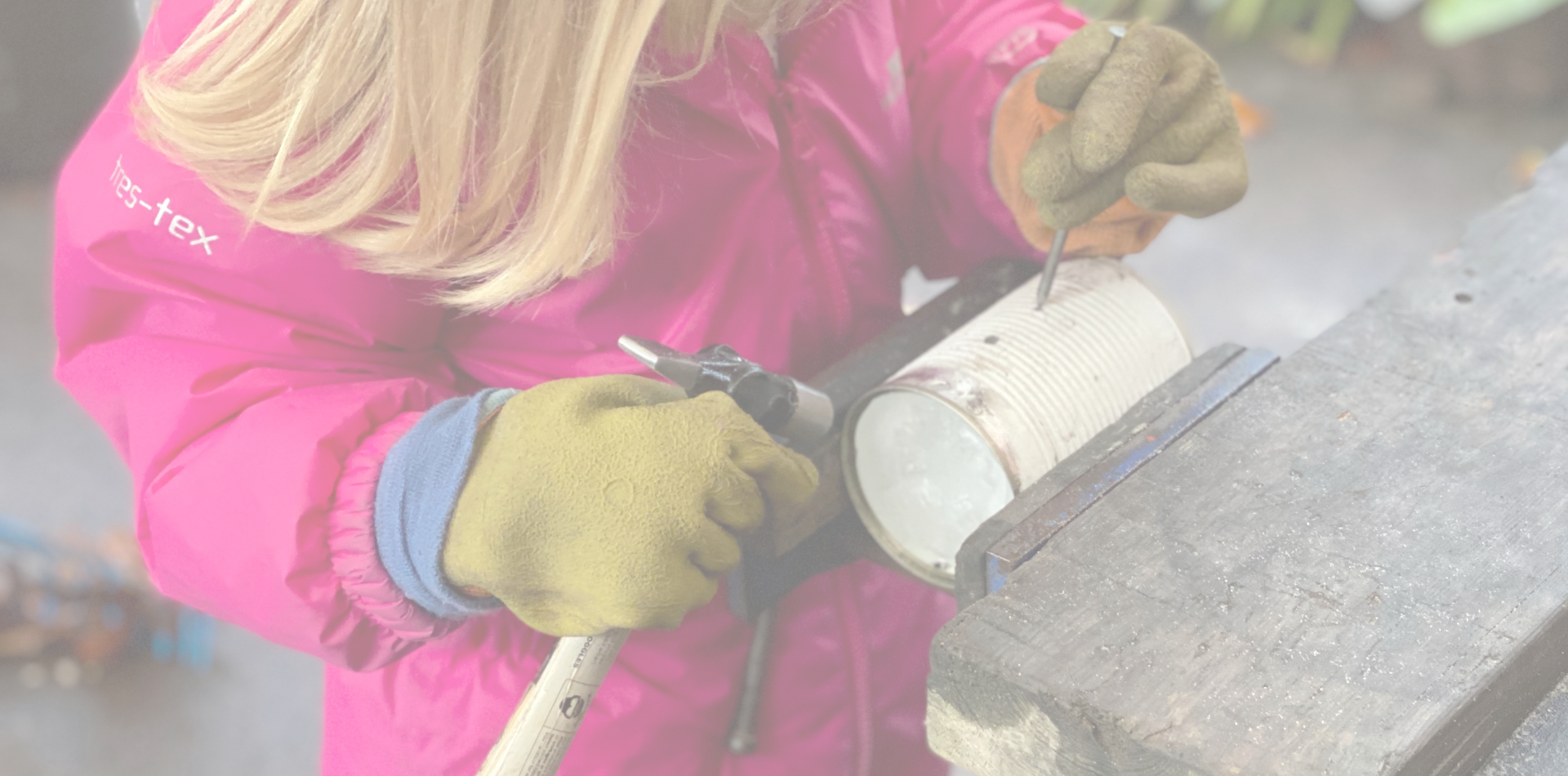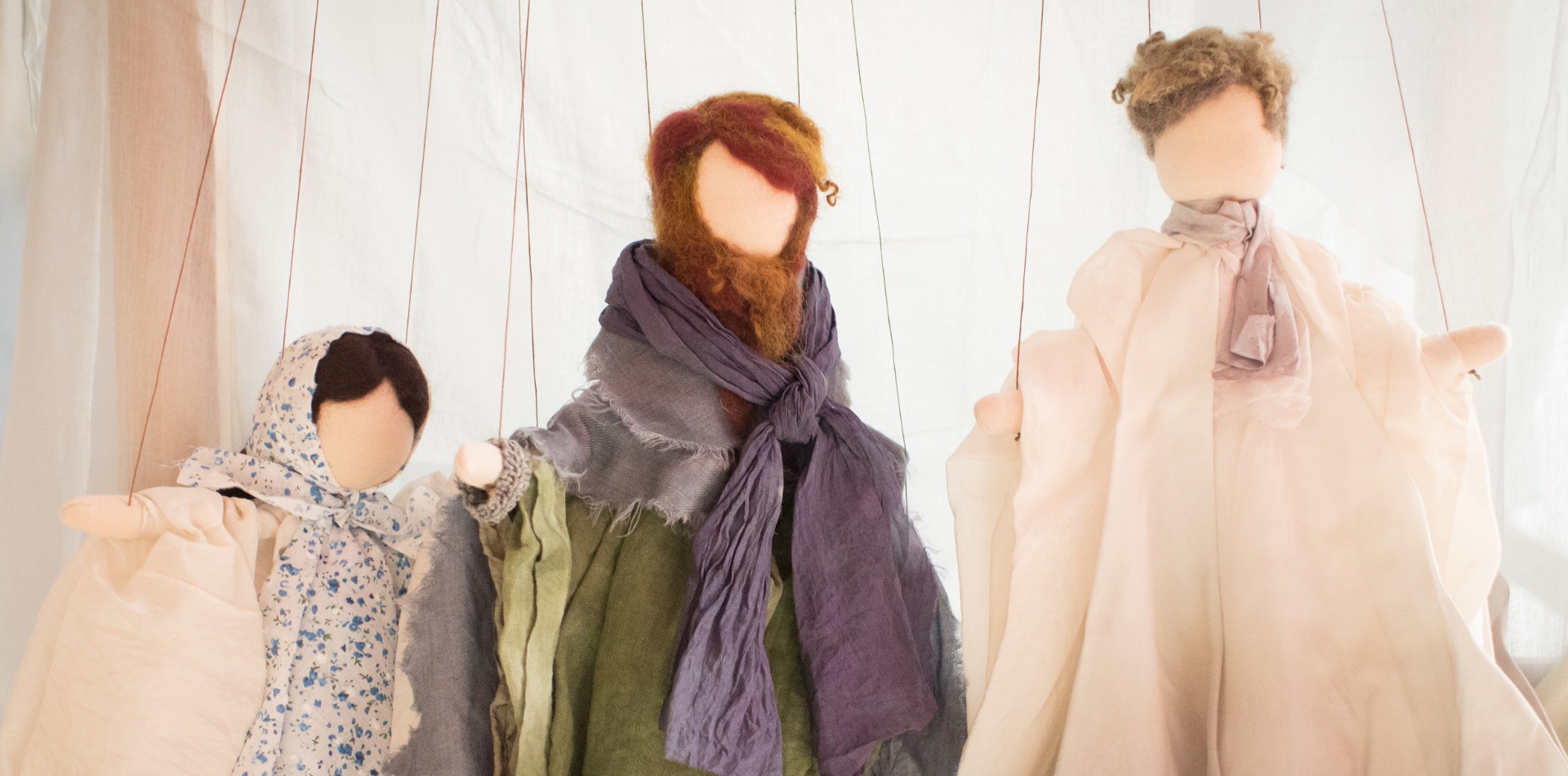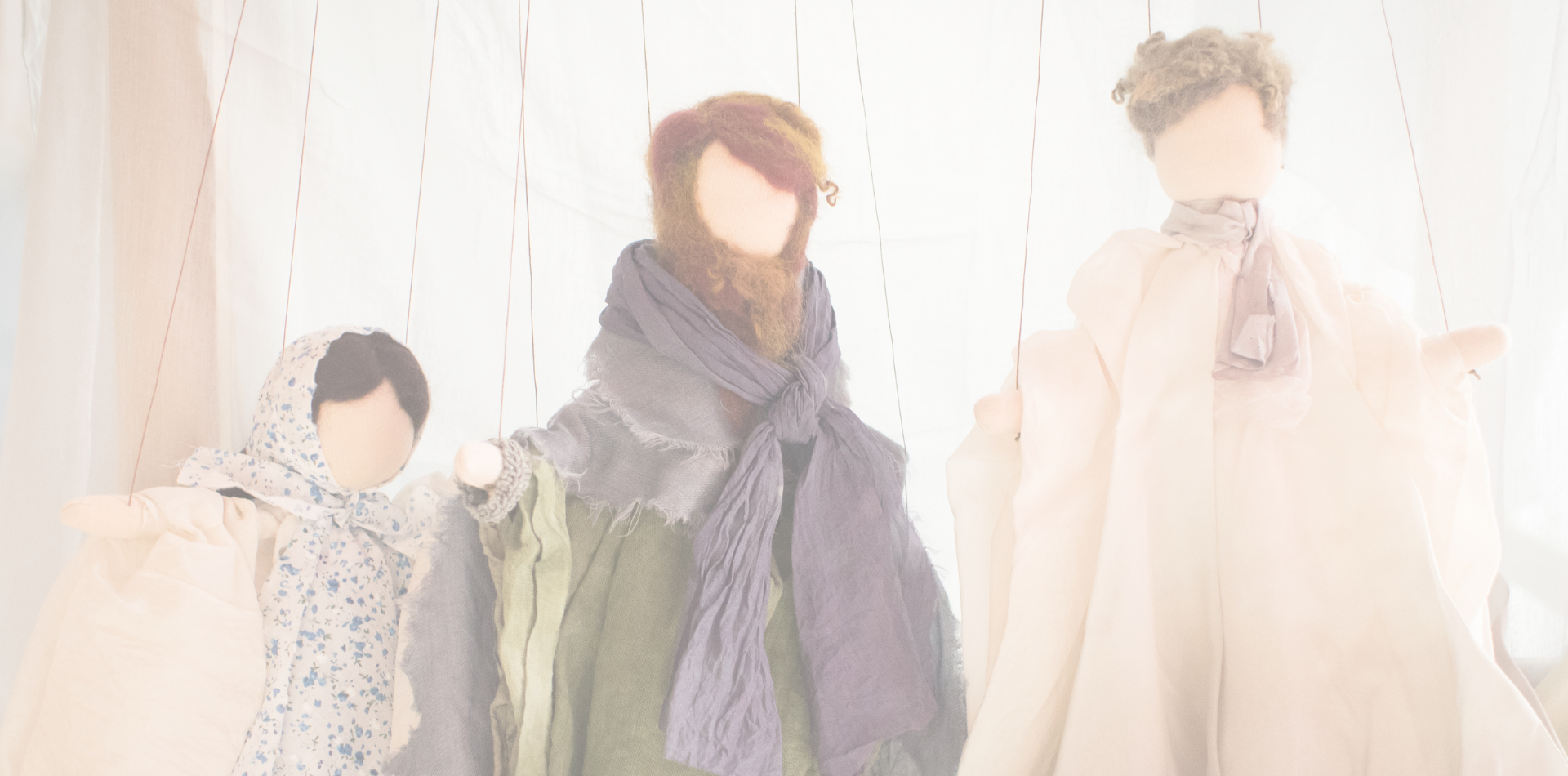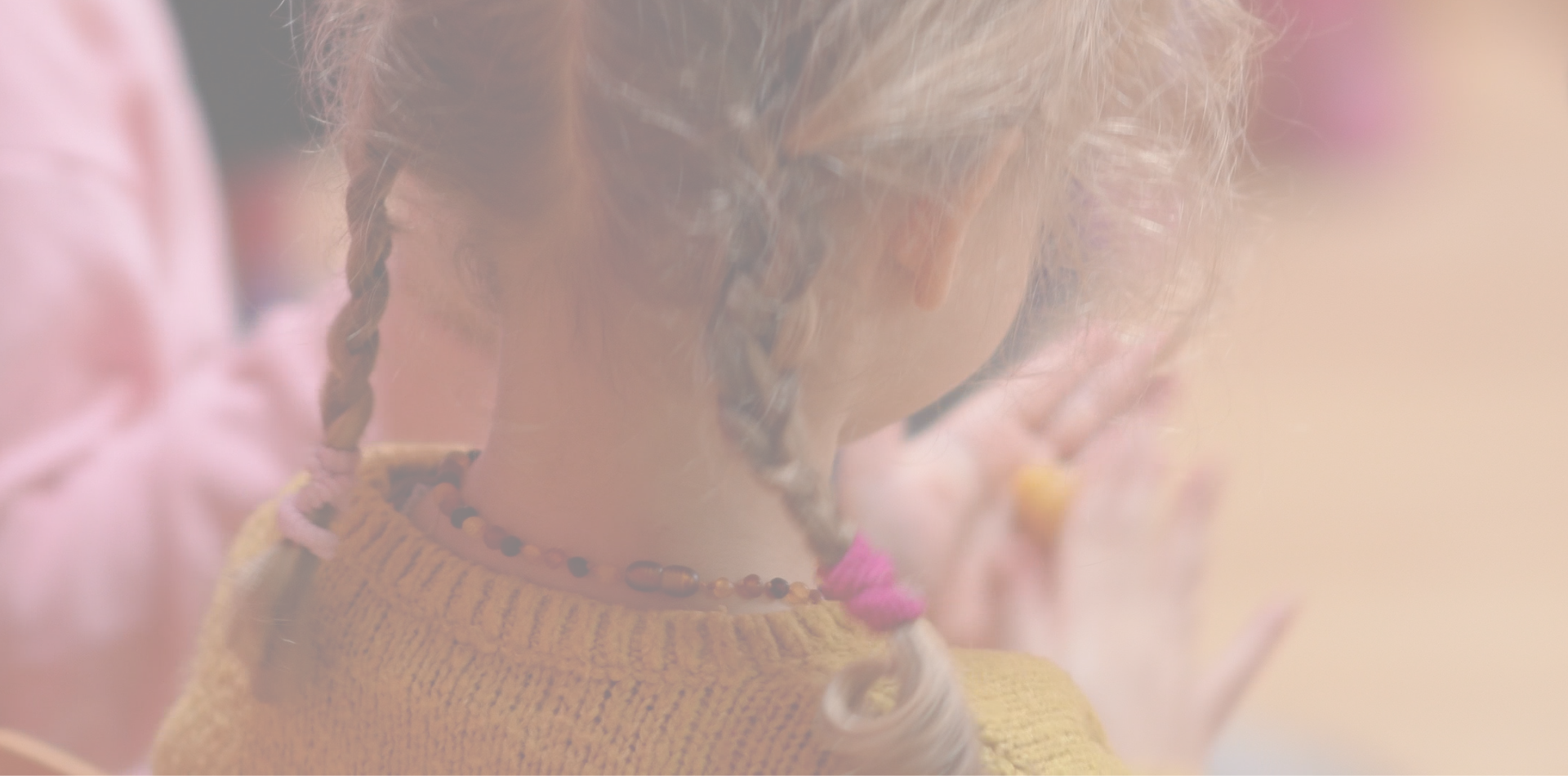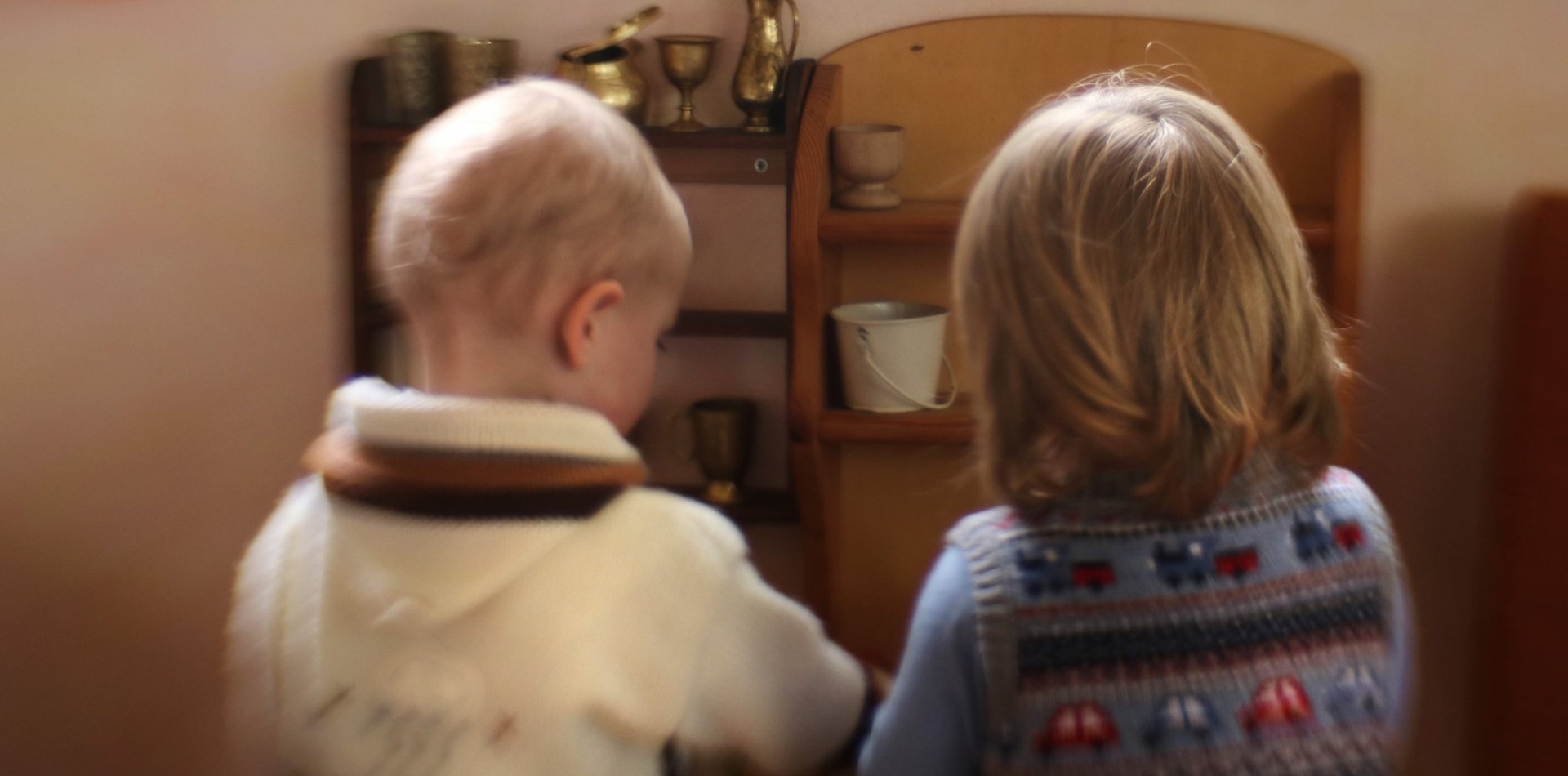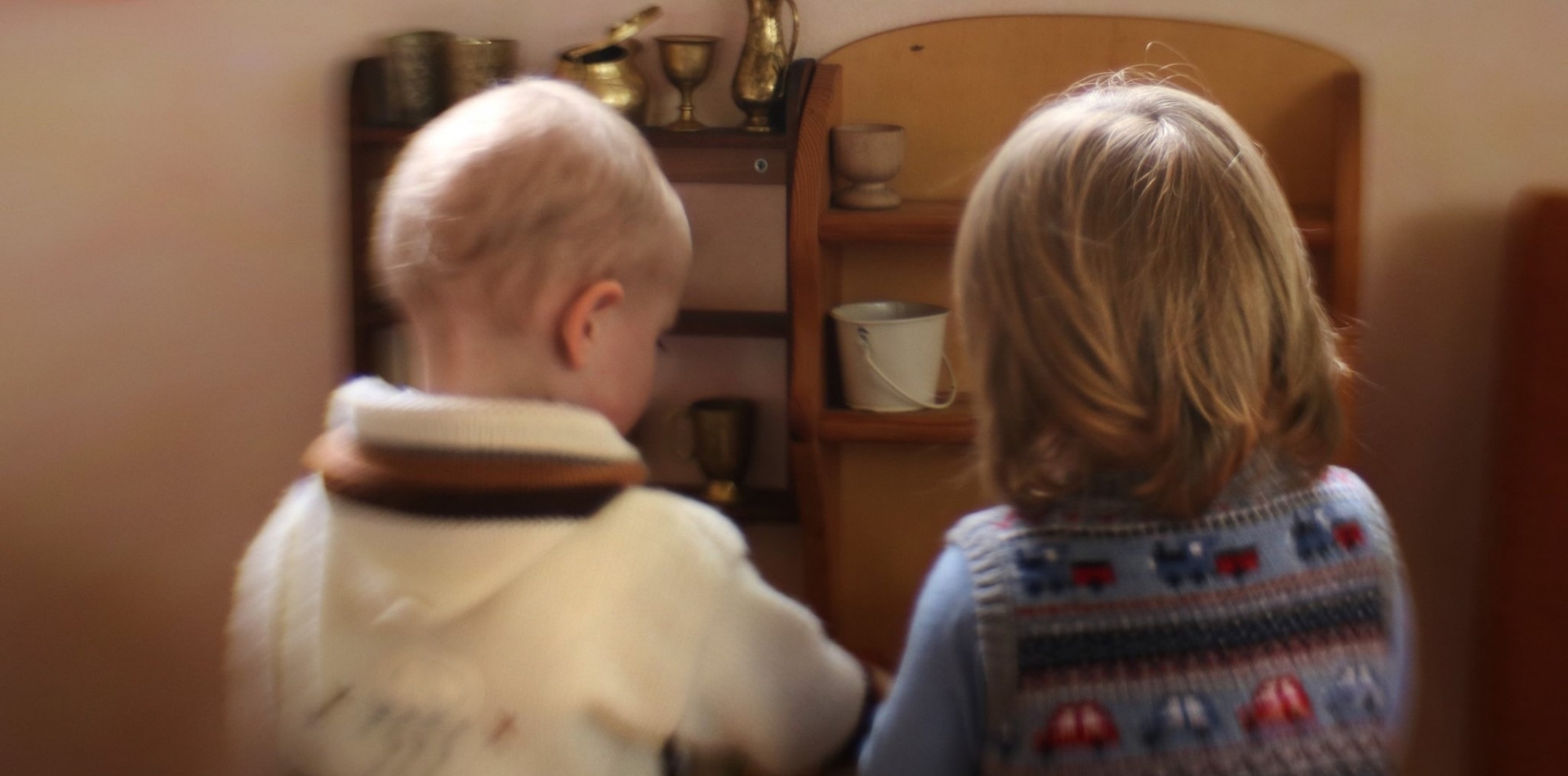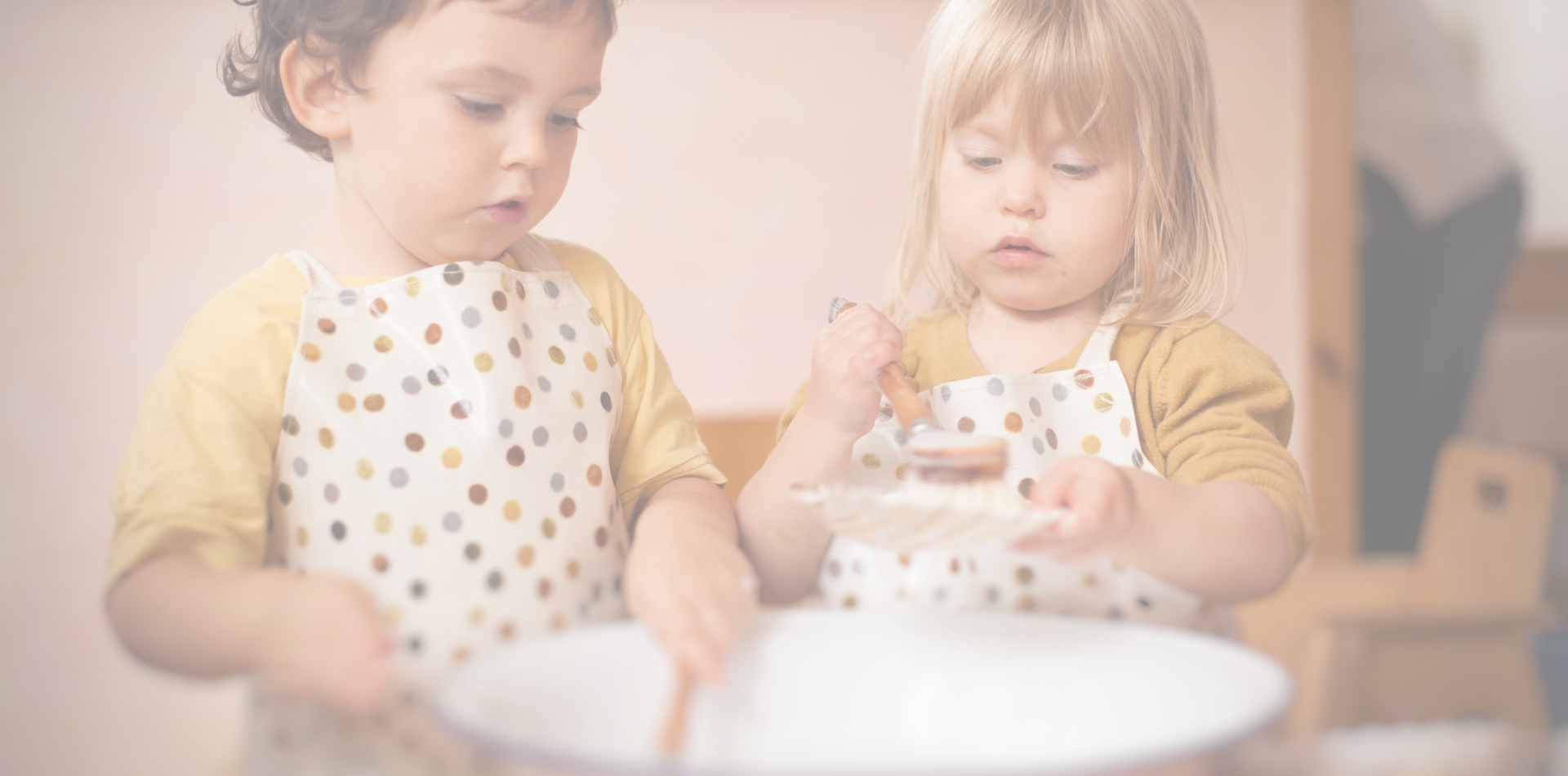Learning Through Creative Doing
A central aim of Steiner education is to develop, harmonise and unite the faculties of thought, feeling and action in the child, so that the foundations may be laid for mental adaptability, initiative and moral strength in adult life. The child is seen to have physical, emotional and spiritual needs as well as intellectual ones. The teaching and curriculum together seek to nourish all these aspects.
Children’s learning flourishes in a calm, peaceful, predictable, familiar and unhurried environment that recognises the child’s sensory sensitivities. Young children need to experience the relevance of their world before they separate themselves from it and begin to analyse it in a detached way. Learning gains meaning by its relevance to life and should not be separated from the business of daily living.
Steiner schools adopt the same approach to Early Years education as most European countries where children start formal learning during their seventh year. This approach is born out of a desire to protect young children from the anxieties caused by a rush to meet early intellectual attainment targets.
The carefully structured environment is designed to foster personal and social learning. During these years we teach by example, and learning is integrated rather than subject based.
The educational aspects of this philosophy spring from an understanding of three seven year cycles of development: from birth to seven; from seven to fourteen; and from fourteen to twenty-one. At each stage, the education is designed to work with the unfolding abilities and changing needs of the child. These stages connect with the development of the human qualities of thinking, feeling and willing. In the first phase, the active or will aspect predominates, in the second, the affective or feeling aspect is dominant, and in the third, the cognitive or thinking aspect comes to the fore (hand, heart, head).

